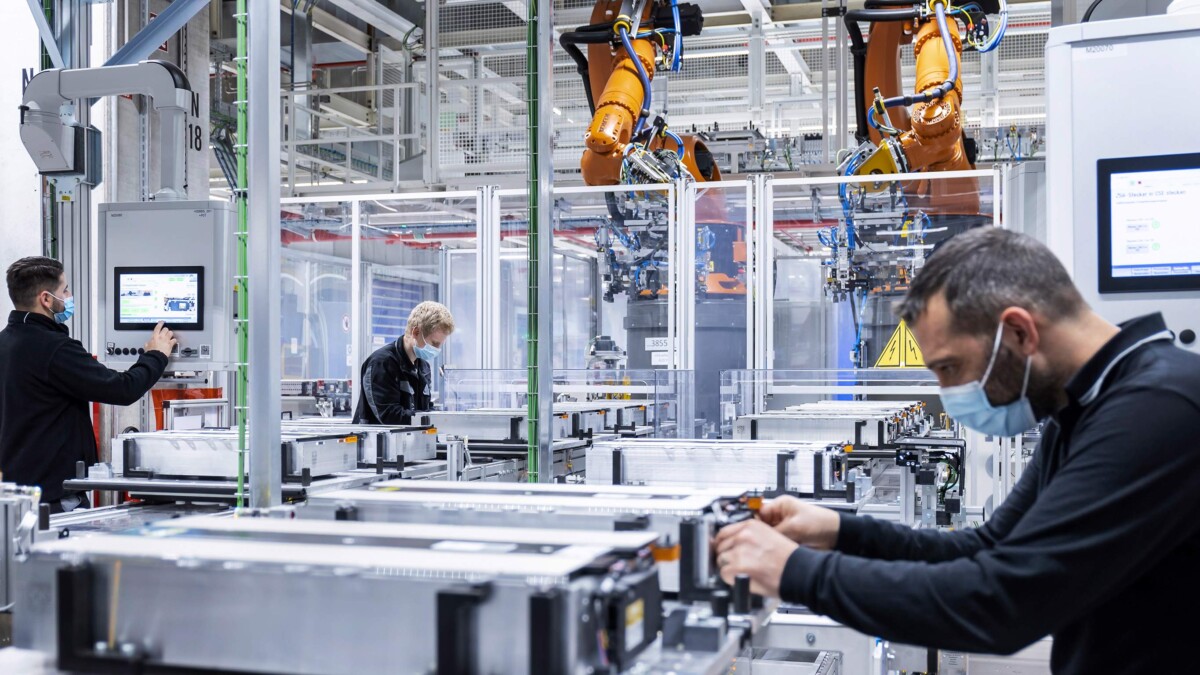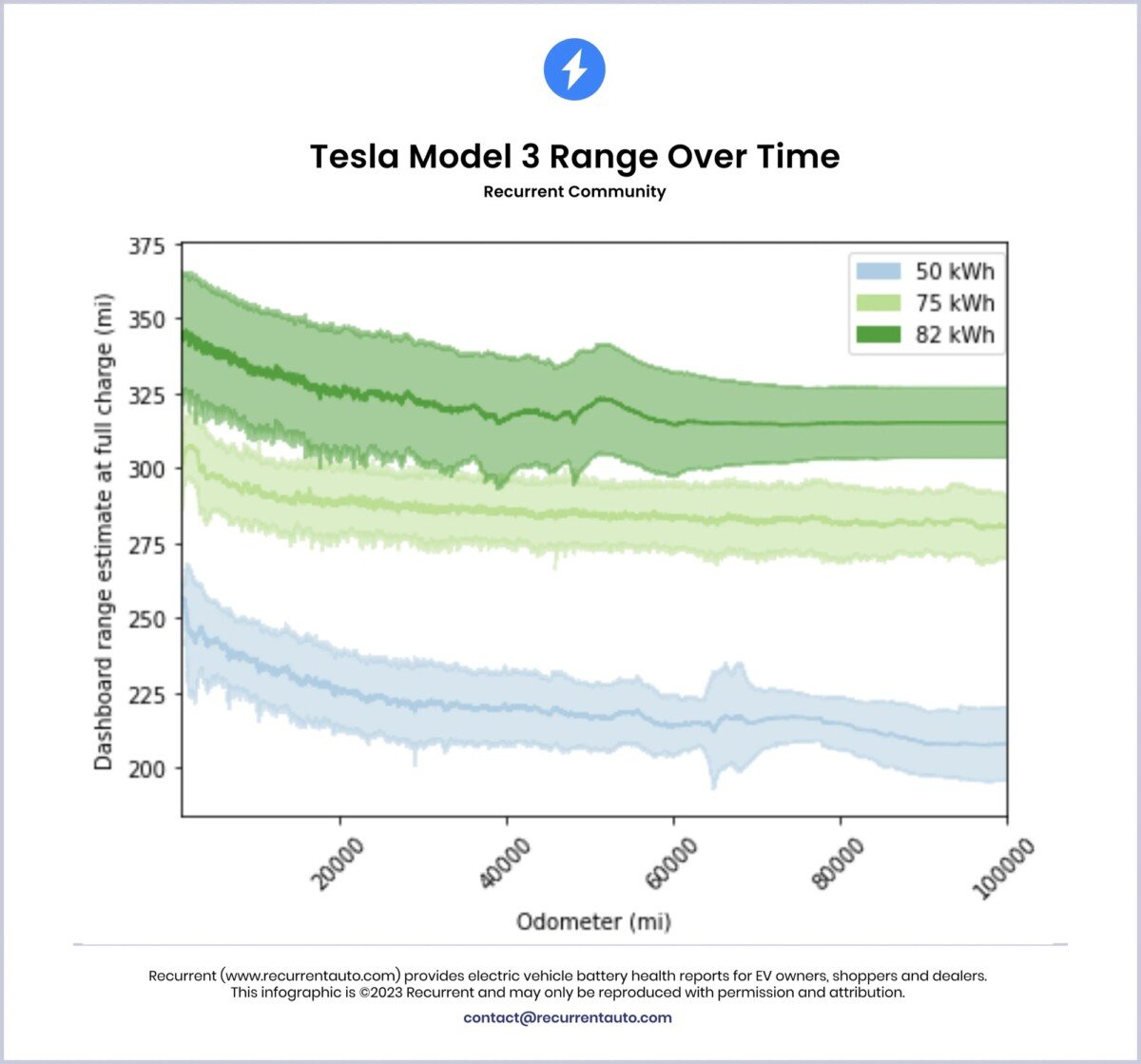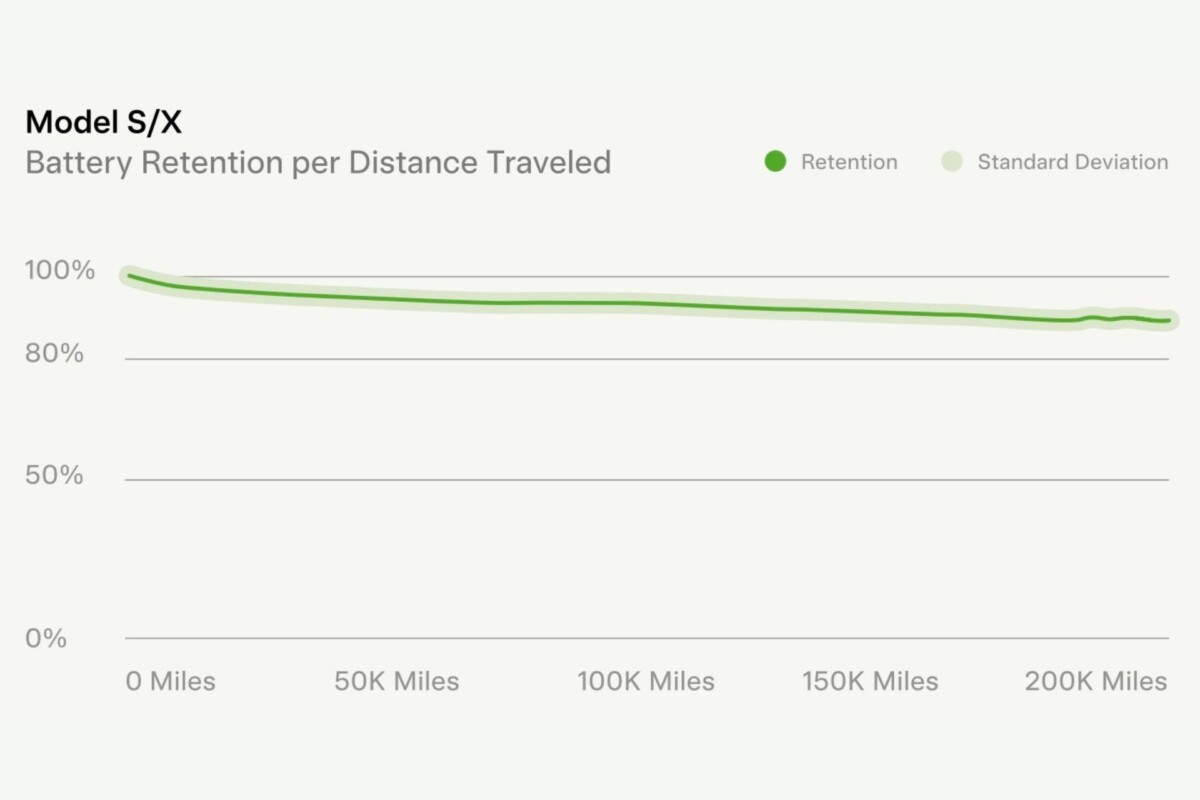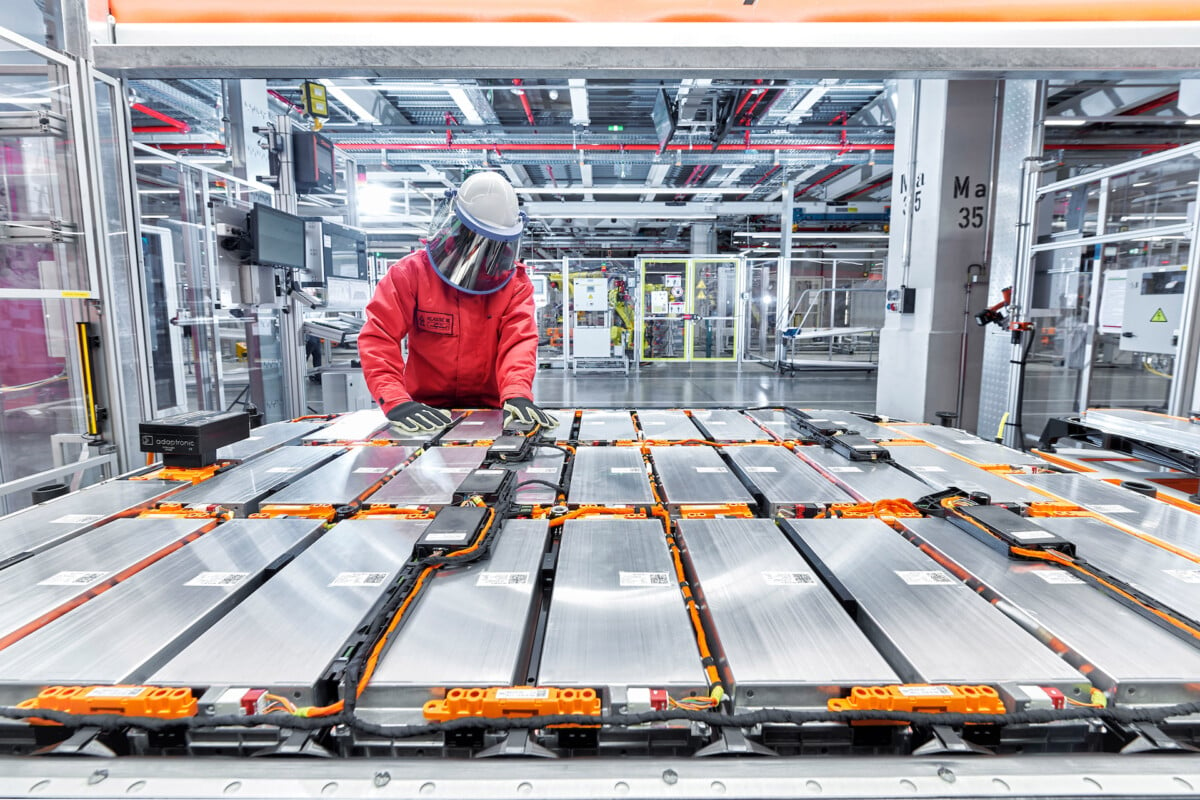A recent study details the true and false about the batteries of electric cars, and in particular their lifespan. Let’s take stock of what is the key element of these connected vehicles, which can represent up to 70% of the price of the car.
An electric car can be seen as a battery on wheels, which of course shows the importance of this major organ, the battery. Composed of hundreds of cells, Keeping it healthy is essential to maintaining the range and performance of your connected vehicle.
Over time, it is possible to see its battery degrade, and this is one of the fears of many reluctant to switch to electric. We are therefore going to take a look together at the true and false and the received ideas about the lifespan of an electric car battery, based on a recent study taking stock of more than 15,000 different electric vehicles.
A replaced battery is a very rare event
Among the received ideas that have persisted over time, we find that which consists in saying that the battery of an electric car would be disposable, and that it would only last a short time. In reality, events leading to the replacement of a connected vehicle battery are very rareand moreover, when this appears, it is most of the time taken under guarantee by the manufacturer.
On the study conducted by recurrentauto and gathering more than 15,000 vehicles put into circulation between 2011 and 2023, around 1.5% of the batteries have been replaced. When we distinguish these figures according to the years in which the cars were released, it appears that the overwhelming majority of problems happened on old vehicles (before 2015).

In particular, it is the Tesla Model S and Nissan Leaf from before 2015 that seem to be the most affected by battery problems, including the complete replacement of the pack (between 3.5 and 8.5% of vehicles), showing that substantial progress has been made over the past decade.
In particular, on the most recent models such as the Tesla Model Y and Model 3, which are now present in large numbers on the roads, a battery replacement is the exception. But if the battery is not good to throw away for several decades according to the manufacturers, the degradation of the cells is indeed a reality, with the key to a reduced maximum autonomy for the owners of electric vehicles.
Battery degradation: a very real phenomenon
It’s a topic that comes up frequently on EV enthusiast forums, and one that may make newcomers fear the worst, but battery degradation is inevitablewhich is why it is important to understand the main principles.
First of all, there is a so-called calendar degradationwhich is explained by chemical reasons, and for which there is so to speak nothing to be done. Over time, the cells that make up your electric car’s battery pack will degrade, and they won’t retain as much energy as when new. That is why, even without ever driving, an electric car that is 5 years old will have a little less battery capacity remaining than the same model that has just left the factory.
This degradation of the battery has consequences for the driver: reduced maximum autonomy. The appearance of a calendar degradation curve for the battery is similar regardless of the use made of the car (fast charging or not, high mileage, etc.), namely that the degradation is more marked during the first months, before it decreases over time until it reaches about 80% of the initial capacity.

Above, you can see this phenomenon on a Tesla Model 3 panel with up to 160,000 kilometers. The curve decreases sharply over the first 30,000 kilometres, before flattening out so that the degradation is less and less significant.
This illustrates the second form of degradation, which is related to the number of battery cycles. A battery cycle corresponds to a full charge of the battery pack of the electric car in question.
Thus for a Tesla Model 3 Performance for example, equipped with a battery of approximately 80 kWh, a battery cycle will be counted for every 80 kWh recharged (i.e. approximately 450 km traveled). It can be in one charge or in several charges, and if you charge 10 kWh per day your vehicle, you will add a cycle to the battery every eight days.
Depending on the different battery chemistries used, manufacturers indicate a number of cycles between 300 and more than 1,000 before the residual capacity drops below 80% of the original capacity. In practice, you have to imagine that after 200,000 kilometers in an electric car, there is still at least 80% of the capacity of the battery when it was new.
Demonstration by example
Personally, I parted ways with my Tesla Model 3 after almost four years and 135,000 miles, and the battery pack degradation was around 13%. In practice, therefore, this amounts to saying that if I managed to cover 400 kilometers on a route on the first day, after four years, on the same route I could only cover 350 kilometers at most.

It’s not negligible, but Unfortunately, there is nothing that can be done to counter this phenomenon.. On my Tesla Model Y Propulsion which is less than six months old and has 11,000 kilometres, I know that more or less the same thing will happen over time, no matter what use the car is made of.
After how long or how many kilometers will I lose autonomy?
Tesla has also published a detailed report on the autonomy and degradation of batteries, where they recall that their batteries are often still at more than 80% remaining capacity on vehicles with 320,000 kilometers or more. This clearly indicates that an electric car battery ultimately lasts longer than the car itself, since vehicles scrapped in the USA have an average of 300,000 kilometres.

A battery is guaranteed
In the unlikely event of a battery problem requiring replacement, it is true that this can quickly amount to several tens of thousands of euros (between 10,000 and 30,000 euros approximately). However, this cost is most often zero for the owner of the electric car, given that battery warranties sufficiently cover the different cases that may be encountered.
At Tesla, for example, the batteries are guaranteed for eight years or between 160,000 and 240,000 kilometers depending on the model, with a retention of at least 70% of the remaining nominal capacity. In practice, if a degradation of more than 30% is observed during the warranty period, Tesla must replace your battery pack at its expense.
The American manufacturer is far from the only one to offer warranties of this kind, since Hyundai does the same with an eight-year or 200,000-kilometer warranty on its Ioniq 5 and Ioniq 6, or Renault with an eight-year warranty. or 160,000 kilometers on his Zoé.

The reason for the similarities in the guarantees of the different manufacturers is simple: in practice, these are battery packs from the same manufacturers as CATL (which announces record longevity for its future lithium-free battery), LG Chem or Panasonic. A few manufacturers stand out, such as Lexus, which covers its battery for 10 years or 1,000,000 kilometres.
The received idea according to which an electric car battery degrades quickly and strongly and is very erroneous.
Should you change your electric car battery?
As we have just seen, there is no need to change the battery of your electric car during its lifetime. Unless the battery fails due to an electrical problem, but that’s rare. In this case, the manufacturer’s warranty can come into play. If the car is out of warranty, you have two options: change the complete battery, for several tens of thousands of euros, or replace the defective cell(s).
And precisely, garages are starting to open around the world to offer this kind of service. The cost of the operation depends on the number of cells to be changed, but starts at less than 1,000 euros depending on the model of electric car.
How to keep your electric car battery healthy?
If the calendar degradation of the battery is inevitable, there are still some recommendations to apply to keep the most important element of your electric car in good health over time.
These recommendations do not necessarily apply to all cars, as the batteries can differ in their composition. We can talk in particular about the load limit not to be exceeded for daily usewhich is sometimes 80%, sometimes 90%, and other times even 100% as is the case for the Tesla Model 3 or Model Y Propulsion.

Principles applicable to all electric cars still exist, such as limiting fast charging as much as possible (which puts a strain on the batteries because of the heat induced in the cells), or even not storing the vehicle with a very low battery for a long time.
In normal use, however, you can imagine that your plugged-in car battery will still have at least 80% of its remaining capacity after 15 years, which is quite honorable. What’s more, when the battery is no longer good enough to be used in a car, there are ingenious ways to give it a second life.
These include static energy storage (a sort of power generator) that doesn’t need the maximum performance of a battery found in a blisteringly accelerating electric car. And if the battery is ultimately unusable, its recycling is already a reality. What if that was a clean vehicle?
The Watt Else newsletter is THE unmissable Numerama event dedicated to the mobility of the future. Register here!
